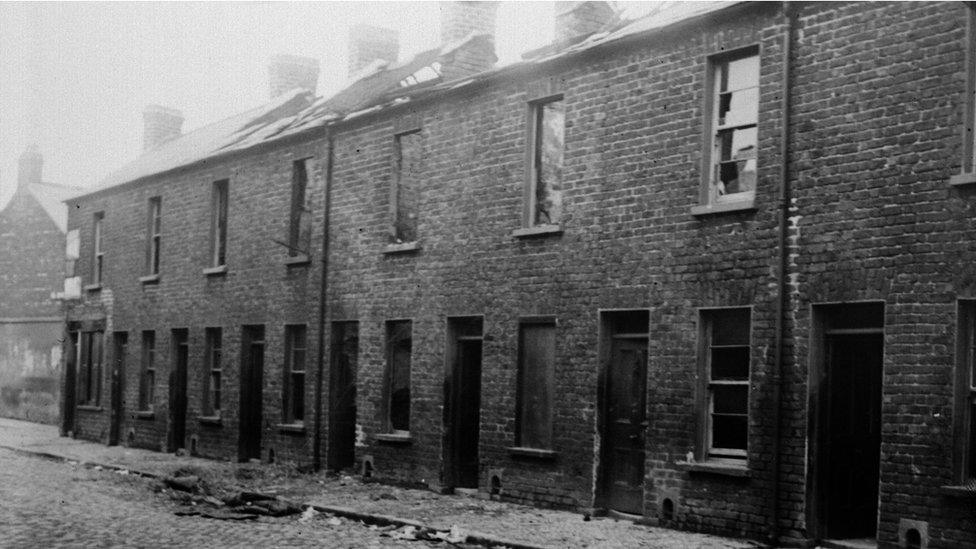NI 100: No pomp or ceremony to mark NI's 'birth'
- Published
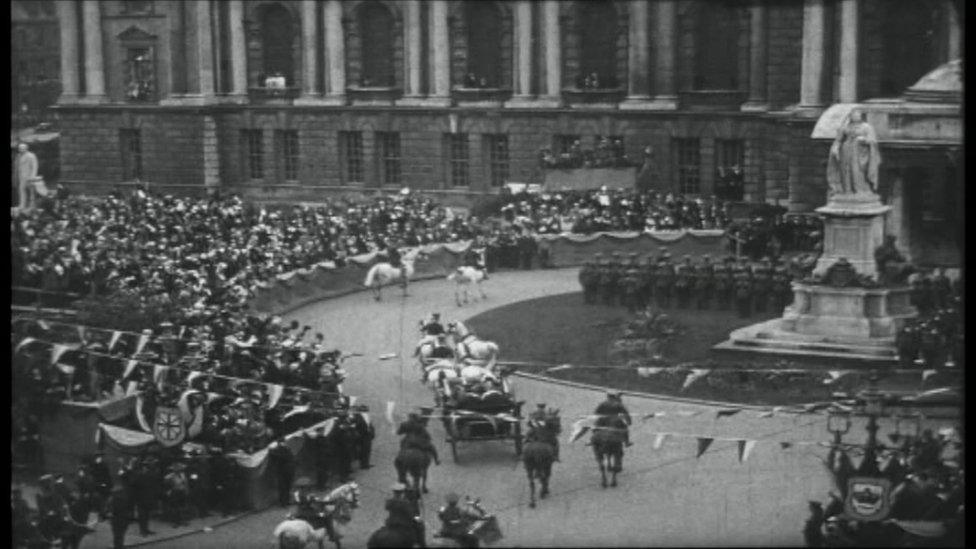
The state opening of parliament was attended by King George V
There was no fanfare, no pomp and no ceremony on the day that Northern Ireland was founded 100 years ago.
The date was 3 May 1921 and it has gone down in history as the starting point for Northern Ireland and the beginning of a political border on the island of Ireland.
However, the day itself was largely uneventful.
On the stroke of midnight on the first Tuesday in May 1921, Northern Ireland came into existence.
Ireland's 32 counties were officially split into two separate entities with Northern Ireland comprising six of them - Antrim, Armagh, Down, Fermanagh, Londonderry and Tyrone.
It was a seismic political moment on the island but those living near the new border did not see any immediate change.
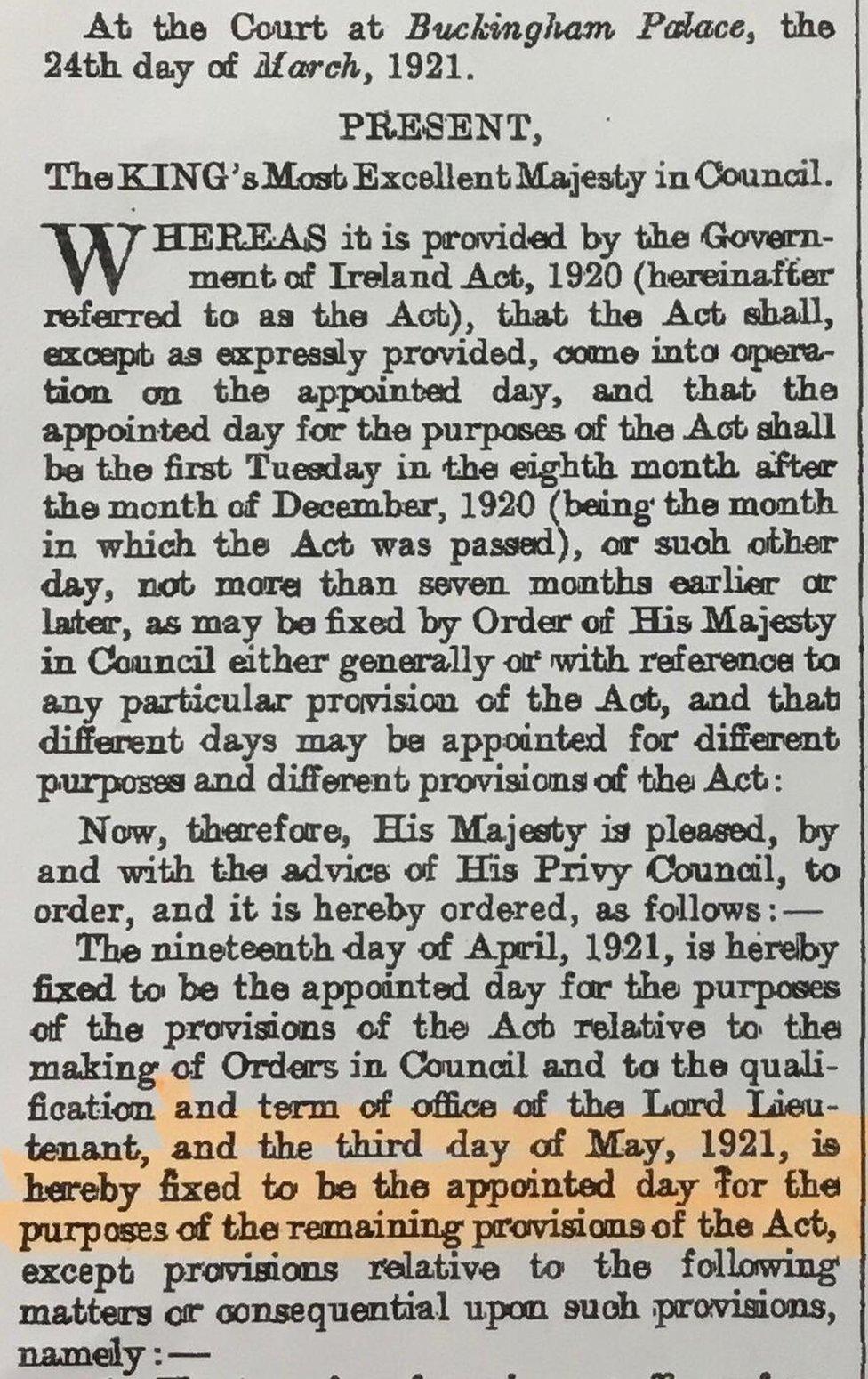
The confirmation of the date can be found in the London Gazette
Northern Ireland was created in a technical sense but it was not until the following month that it had a functioning parliament and a prime minister, James Craig.
Low-key beginnings
The House of Commons library clerk, David Torrance, said that although 3 May 1921 is a historically significant date, the day itself was low-key.
"Nothing visible, nothing obvious happened on the ground," he said.
"Indeed, if you had been in one of the border counties that day you wouldn't have seen any border infrastructure of any sort. That didn't appear until several years later.
"But it meant legally the parliament of Northern Ireland now existed and therefore the border existed."

David Torrance says nothing obvious happened on the ground on the day of Northern Ireland's birth
Mr Torrance has just published a history of the border which outlines how it developed and changed in the next 100 years.
The border was first drawn in the Government of Ireland Act, external which gained royal assent the previous year, on 23 December 1920.
The act set out plans for separate parliaments in Belfast and Dublin but it did not stipulate a specific date for the legislation to come into full force.
In the end it was 3 May, and for those interested in the minutiae, the confirmation of the date can be found in the London Gazette which chronicles a meeting of the Privy Council on 24 March 1921, attended by King George V, which settled on the early May date.
At the time, there was still huge uncertainty in Irish politics in spite of the move to set up Northern Ireland.
The Anglo-Irish war was still raging, there was ongoing sectarian violence, and nationalists were resisting moves to set up the Southern Ireland parliament envisaged in the Government of Ireland Act.
On the other hand, unionists embraced the new arrangements in the act.
The day after Northern Ireland was created in law, measures were put in place for the next stages:
an election on 24 May
first meeting of new parliament in Belfast on 7 June
state opening of parliament on 22 June
Stamp of approval
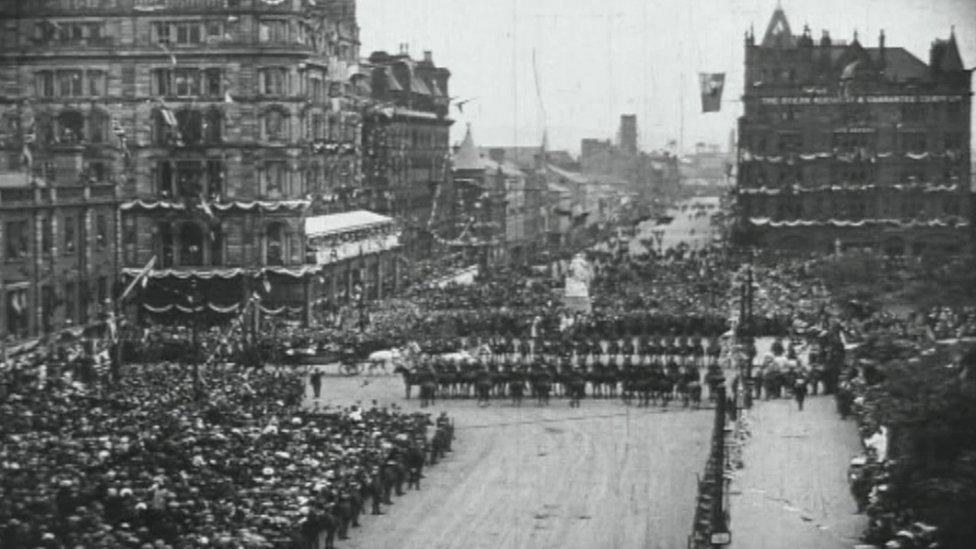
King George V's visit for the state opening was met with great ceremony
King George V came to Belfast for the state opening, which was held seven weeks after Northern Ireland had been created in law.
Tens of thousands of people lined the streets of central Belfast as the King was taken by carriage to Belfast City Hall for the grand opening.
Unlike 3 May 1921, there was fanfare, pomp and ceremony.
Northern Ireland had been born, and it now had the royal stamp of approval.

The BBC News NI website has a dedicated section marking the 100th anniversary of the creation of Northern Ireland and partition of the island.
There are special reports on the major figures of the time and the events that shaped modern Ireland available at bbc.co.uk/ni100.
Year '21: You can also explore how Northern Ireland was created a hundred years ago in the company of Tara Mills and Declan Harvey.
Listen to the latest Year '21 podcast on BBC Sounds or catch-up on previous episodes.

Related topics
- Published30 April 2021

- Published18 April 2021
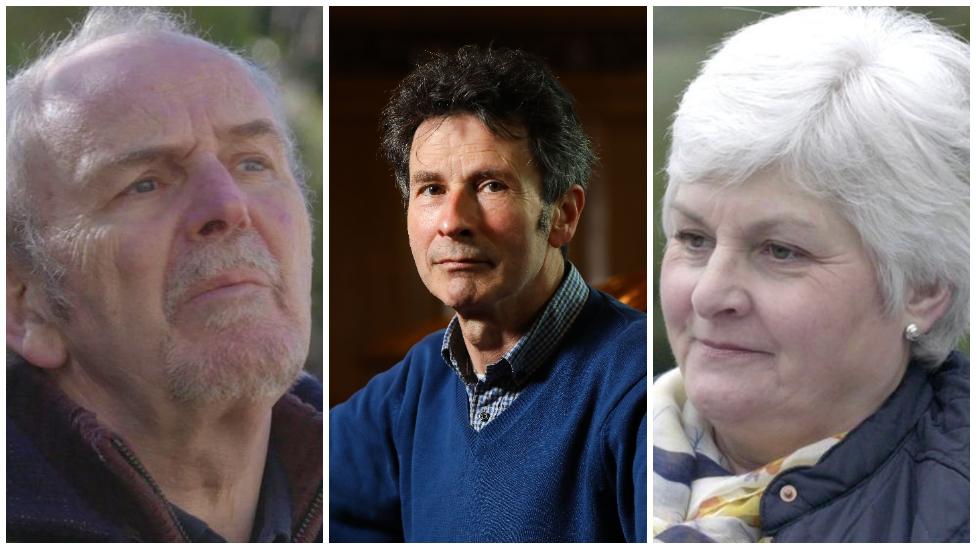
- Published11 February 2021
